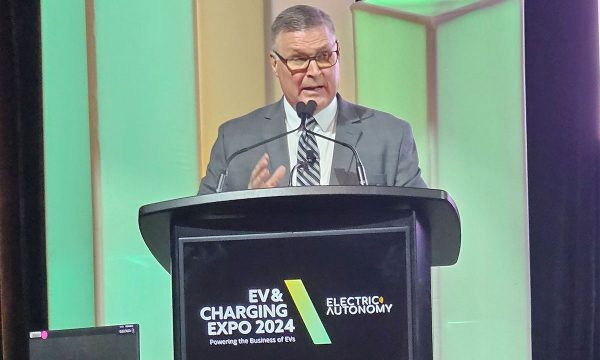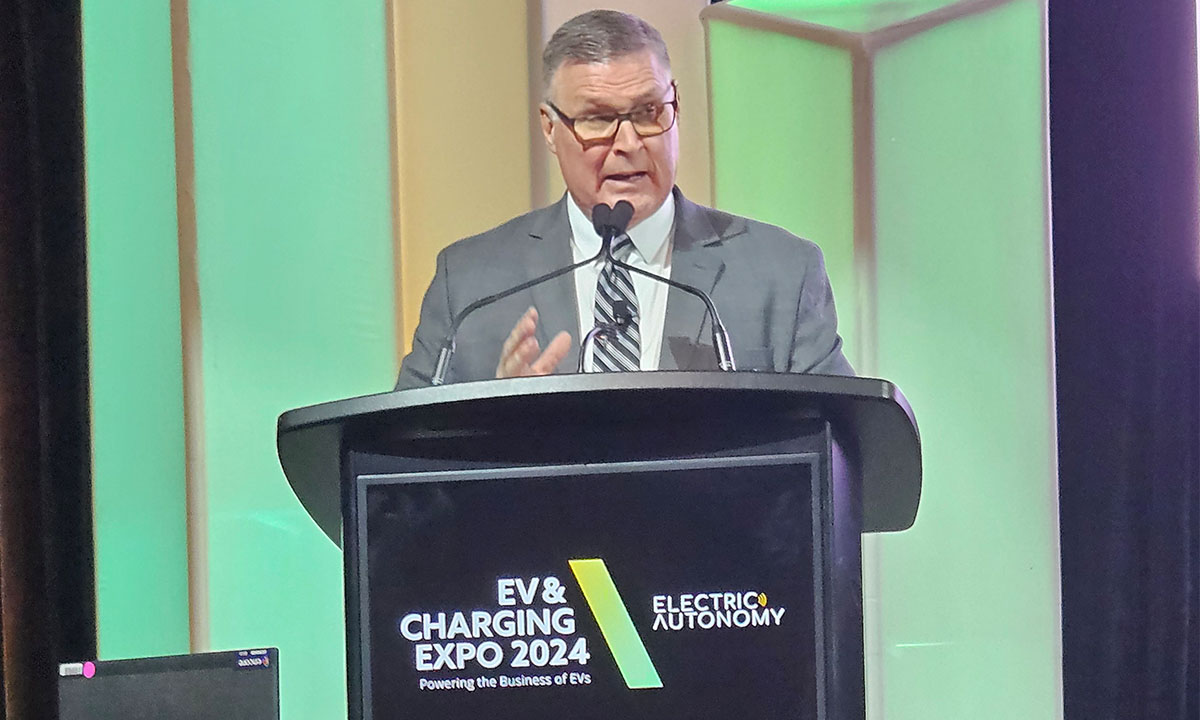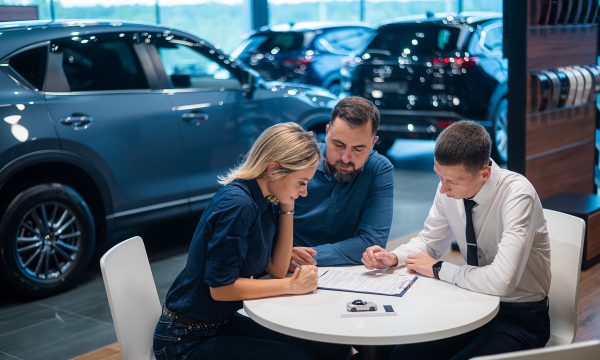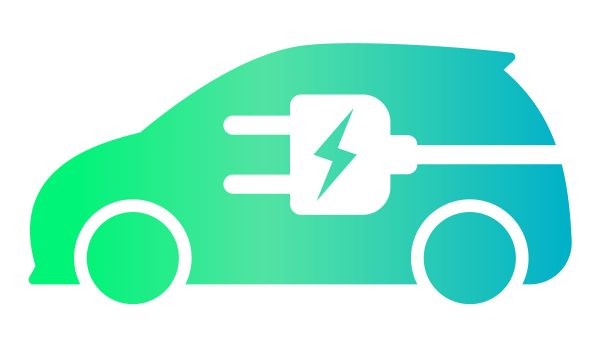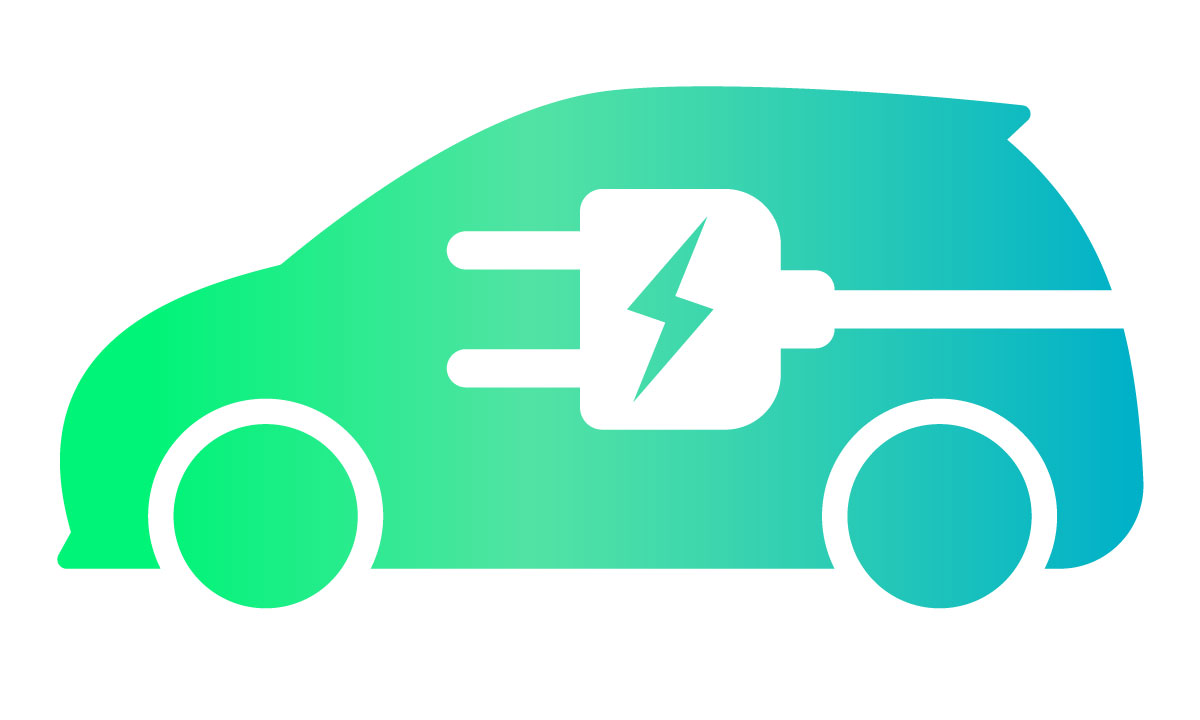A look back at the year that was in terms of dealership financial performance.
What a year it has been! This year will be viewed as an extraordinary one in history.
A recovery year from the dark times of the COVID shutdown. A year of sharply rising prices and soaring interest rates. A year of inventory shortages. A year of reinventing business models that have ruled the retail automotive space for hundreds of years.
It’s harder than ever to run a dealership. Customers are demanding more, and OEMs are supporting less. Just getting your committed vehicle allocations seems to be a pipedream these days. Yet dealers survive. In fact, they are thriving and experiencing some of the most profitable years ever. But is this sustainable? What will the future look like? How have the economic conditions of today impacted the retail environment of tomorrow?
Let’s explore this together.
Inflation and average gross profits
In August 2023, the Consumer Price Index rose nearly four per cent. This is significantly higher than the two per cent benchmark set by the Bank of Canada every year. This means that the average consumer paid four per cent more for a “general basket of goods” than it did one year ago. Included in this basket are transportation items such as the cost of new and used vehicles. This statistic doesn’t surprise the average automotive dealer.
Dealers have been selling vehicles at prices never seen before, embedding huge gross profits, tons of accessories and a variety of F&I products in every deal. “We sell at the price the market bears” dealers often say. While this statement is true, the average Canadian consumer seems to be getting the short end of the stick.
History tells us that this won’t last forever. Canadian’s have seen this before and watched it normalize time and time again. As the Bank of Canada continues to raise interest rates and limit money supply, prices will decrease again. When? Who knows! But rest assured that sooner than later, dealers will find themselves struggling to earn even the smallest gross profit in every deal again.
Start preparing for this inevitability now.
Interest rate increases
Today, the overnight bank rate is sitting at five per cent, a significant jump from the .25 per cent it was sitting at in April 2022. To think of the speed and slope at which rates have jumped this last year, it is amazing that our economy isn’t sitting in a deep depression. And yet, the automotive industry is charging forward — people want more products and services than dealers can even deliver.
Is this sustainable? The economist in me says: no. The average Canadian today has an outstanding auto loan of $26,494 with an average term of 5.5 years. This is up 50 per cent from just 5 years ago. Interpreting this, the average Canadian has chosen to take on more debt than ever and has masked this fact by committing to lower monthly payments for longer periods of time. This isn’t good for anyone! People owe more than they own and it costs them more than ever to service this debt. Scary times for sure!
If interest rates do normalize, I fear that default rates on automotive loans will skyrocket. You are already seeing signs of this in the industry — BMO has recently pulled out of indirect automotive financing and there is chatter that others are going to do the same. The Sub-Prime lenders are becoming more active and winning more business now than they have in the last five years.
I fear the automotive ecosystem may be at an inflection point but time will tell how it will look in the coming years.
OEM support, allocation constraints and lack of warranty campaigns
These days, the general consensus amongst dealers is that OEMs aren’t playing their part in supporting the dealer network. Vehicle supply shortage and deferred warranty campaigns are major issues today.
OEMs need to start supporting the ecosystem. Dealers and customers alike are suffering, and their patience level is running thin. Solutions are needed now. Dealers can’t keep promising delivery dates to customers that can’t be met — it’s just not good business practice. Things need to change from the OEM side of the relationship. Customers deserve better, especially if dealers continue charging what they do.
I look forward to what next year will bring us. The future is unknown but history tells us that the automotive industry will survive and adapt. Dealers will figure out a way to succeed in whatever conditions they face.
Changing market conditions will not hold back the growth of this industry — stay the course and continue looking for opportunities. They are out there.






